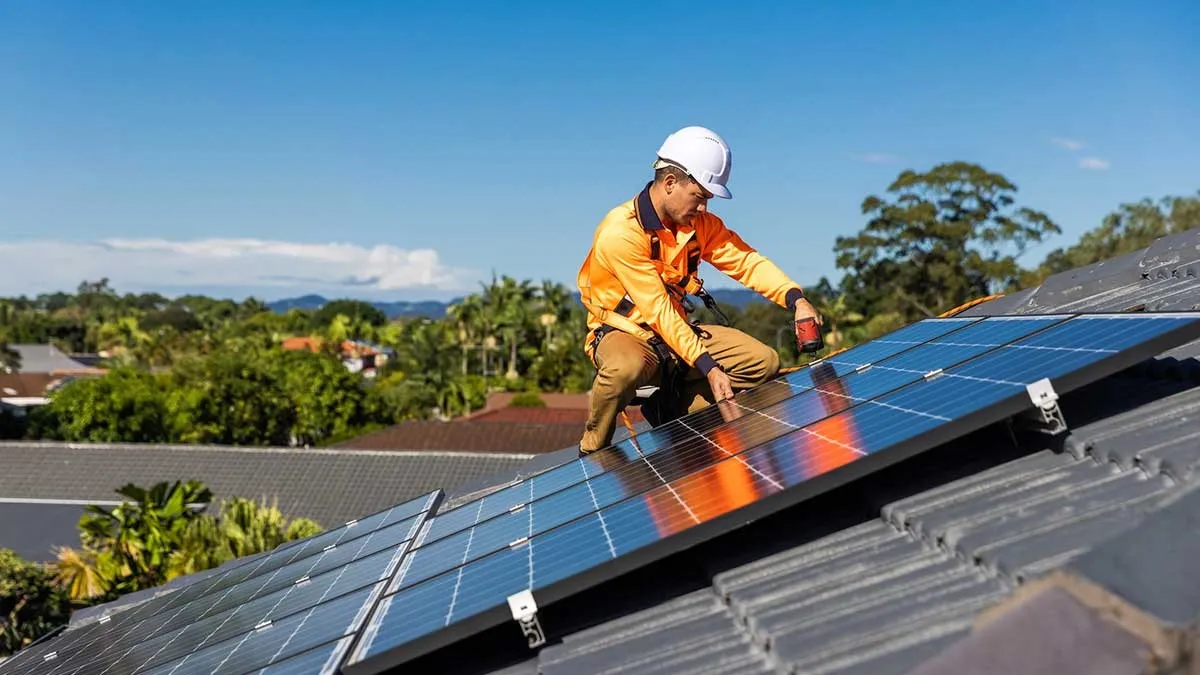Renewables provided a quarter of the US’s electrical generation during the first half of 2023 – a slight increase from 2022, according to new US Energy Information Administration (EIA) data.
The latest issue of EIA’s “Electric Power Monthly” report (with data through June 30, 2023) reveals that in the first six months of this year, electrical generation by renewables (i.e., biomass, geothermal, hydropower, solar, wind) accounted for 25.11% of US electrical generation. That share is up slightly from the 25.06% reported for the first half of 2022, according the SUN DAY Campaign, which reviewed the data.
Solar took the lead. Including small-scale distributed systems, it grew by 12.4%, compared to the same period in 2022. This was driven in large part by growth in “estimated” small-scale (e.g., rooftop) solar PV whose output increased by 25.6% – more than any other energy source – and accounted for nearly one-third (31.4%) of total solar production. For the first half of 2023, solar was 5.77% of total US electrical generation. For the same period in 2022, solar’s share was 4.95%.
From January to June, solar combined with wind accounted for 17.11% of US electrical generation – up from 16.48% for the same period a year earlier. For the six-month period, solar plus wind easily surpassed coal’s share (14.82%), as electrical generation by the latter plummeted by 27.33%.
Further, electrical generation by the mix of all renewables exceeded that provided by nuclear power – whose output fell by 0.67% – by more than a third (33.69%).
However, EIA’s data also revealed some potentially worrisome trends for continued growth in electrical generation by renewable sources. Compared to the first six months of 2022, wind fell by 5.2% during the first half of 2023. Most other renewables also recorded declines: hydropower down by 10.8%, wood + other biomass down by 16%, and geothermal down by 2.7%.
Despite those declines, renewables were still able to claim a slightly larger share of overall generation in the first half of 2023 year-over-year, simply because electrical generation by the mix of nuclear power and fossil fuels fell by even larger amounts, while utility-scale and small-scale solar continued to grow.
Ken Bossong, the SUN DAY Campaign’s executive director, said, “Solar continues to show strong growth and is now rivaling the output of hydropower. Moreover, the mix of solar, wind and other renewables is maintaining a strong lead over both coal and nuclear power as well.”
The Biden administration has set a target of 80% renewable energy generation by 2030 and 100% net zero electricity in 2035.

